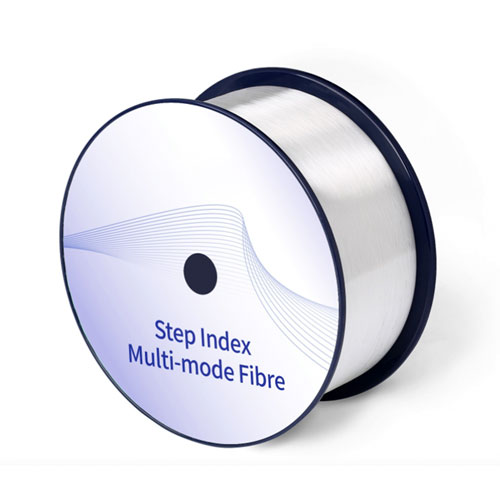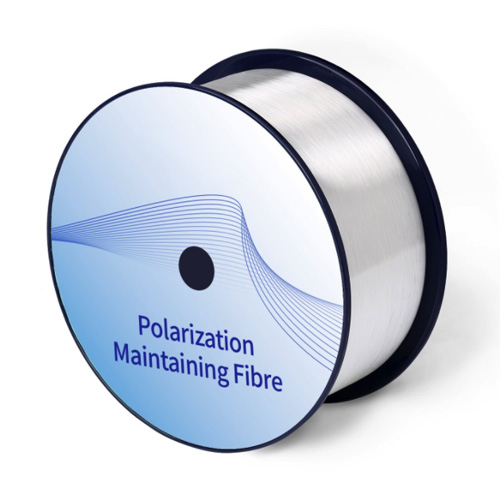Step-Index vs Graded-Index Fiber: A Fundamental Guide to Specialty Optical Fibers
As optical communication and photonics technology evolve, the diversity of optical fibers expands far beyond standard single-mode or multimode types. Among them, Step-Index Fiber and Graded-Index Fiber stand as two foundational fiber structures — widely used not only in telecom but also in specialty fiber applications such as lasers, sensors, and precision optical devices.
What is a Refractive Index Profile?
The refractive index profile describes how light behaves within an optical fiber — essentially how the core and cladding differ in their ability to slow down or guide light. This profile determines how light propagates, how much distortion occurs, and how fast data can be transmitted.
Step-Index Fiber

Definition:
A step-index fiber has a sharp change (or “step”) in refractive index between the core and cladding. The core has a higher index, while the cladding drops to a lower index abruptly.

Characteristics:
- Light travels via total internal reflection at the core-cladding interface.
- Simple manufacturing process.
- In multimode versions, it suffers from high modal dispersion, making it unsuitable for high-speed or long-distance use.
- In single-mode versions, it’s widely used for long-haul communication and in device-type specialty fibers.
Applications:
- Traditional short-distance networks
- Educational lab fibers
- Specialty single-mode fibers for optical devices
- Optical sensors and laser diode pigtailing
Graded-Index Fiber
Definition:
In graded-index fiber, the refractive index of the core gradually decreases from the center outward, following a parabolic or exponential profile. This allows light rays to bend smoothly rather than reflect sharply.

Characteristics:
- Reduces modal dispersion significantly.
- Supports higher bandwidth over medium distances.
- Allows different light modes to arrive more synchronously.
Applications:
- High-speed multimode links (e.g., OM3, OM4, OM5)
- Data center interconnects
- Short-reach parallel optic modules
Comparison Table
| Feature | Step-Index Fiber | Graded-Index Fiber |
|---|---|---|
| Refractive Index | Sudden step between core/cladding | Smooth gradient in core |
| Modal Dispersion | High (multimode) | Low (multimode) |
| Bandwidth | Limited | High |
| Application | Basic systems, device use | Data centers, enterprise LAN |
| Fabrication Complexity | Low | Higher precision needed |
Specialty Fiber Perspective

Both types of fiber are used in specialty applications beyond telecom:
- Step-Index Single-Mode Fibers are often designed as device-type fibers, used in laser packaging, pigtails, and interferometry.
- Graded-Index Multimode Fibers are common in custom bundle fibers, sensing arrays, and medical imaging systems.
These fibers may come with tighter tolerances, reduced cladding sizes (e.g., 80 μm), or polarization-maintaining (PM) Properties depending on the application.
Real-World Use: Device-Type Step-Index Fiber
A special class known as device-type single-mode fibers uses step-index profiles with tight tolerances and high concentricity, designed for:
- Laser diode coupling
- Photonic chip (SiPh) packaging
- Optical modulators and isolators
They are usually short in length and highly specialized, forming the backbone of precision photonic assembly.
In Conclusion
Understanding the differences between step-index and graded-index fibers is essential for anyone working with modern photonics. Whether you’re designing communication networks, building integrated optical systems, or working with high-power lasers, choosing the right fiber structure is key to performance and reliability.More information review our website: Tarluz


